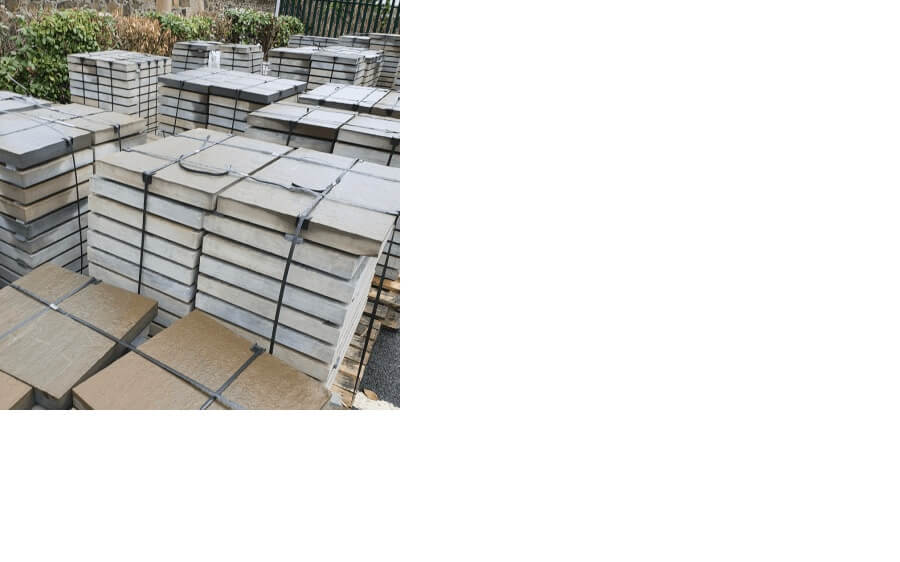Published Date: Mar 10th, 2021
 Work has begun on the streetscape outside the Civic Centre, in Inverkeithing. This will involve upgrading the surfacing and introduction of new street furniture (benches and planters). Paving materials have been chosen to reflect the historic importance of the town which is an ancient Royal Burgh.
Work has begun on the streetscape outside the Civic Centre, in Inverkeithing. This will involve upgrading the surfacing and introduction of new street furniture (benches and planters). Paving materials have been chosen to reflect the historic importance of the town which is an ancient Royal Burgh.
The area outside the Civic Centre, which forms part of the setting for the historic Friary building, is being upgraded thanks to the Scottish Government’s Town Centre Fund 2019-20. This is the start of a much bigger project set to follow next year.
Councillor Alice McGarry, Convener of the South and West Fife Area Committee, said “Inverkeithing has been crying out for a streetscape uplift to provide a fitting setting for its many listed buildings. The streetscape proposals include restoration of the Mercat Cross, the old “ports” or gateways, and provide many opportunities for community engagement.”
These improvements are the precursor to the main phase of streetscape work to be carried out under the Inverkeithing Heritage Regeneration project. The streetscape improvements will see streetscape elements that reinforce Inverkeithing’s special historic character restored and reinstated.
As part of a sustainable stone procurement initiative (that could be a first for Scotland) local (UK) quarried stone will be used for paving. The initiative is led by Fife Council Planning and Transportation and assisted by Procurement and External Agencies, Historic Environment Scotland and the Stone Federation of the Great Britain. The paving being used includes Caithness stone slabs (Sutherland Stone), Quartz dolerite or whin kerbs (Tradstocks) and sandstone flagstones (Denfind) which are all quarried in Scotland.
The project has undertaken a Stone Audit which allows the stone to be geologically matched to existing stone in use in Inverkeithing. That is important aesthetically to match the environment and also the performance of the stone. The geological matching allows the Fife Council to provide an additional technical specification that has to be met. It is highly unlikely that an imported natural stone product would match.
The Caithness stone and whin kerbing is much in use in the UK and beyond. But orders of Denfind Pitairlie flagstone are re-activating an industry that well into the 20th C supplied much of the stone flooring and paving on the East coast of Scotland.
Councillor Altany Craik, Convener - Economy, Tourism. Strategic Planning & Transportation said “I’m delighted that this important heritage-led regeneration project has started. Scotland is a country built in stone and it’s still in evidence in many of our historic places, like Inverkeithing. The drive to combine sustainability (in sourcing local stone) and respect for the historic environment is inspired.”
The High St and central conservation area improvements will include:
- a major building refurbishment (the category A-listed Town House);
- repair grants for owners of traditional buildings; and
- a full and exciting training and a comprehensive activity programme to involve local residents to become involved in a project that runs until 2024.
The project’s main funders are the National Lottery Heritage Fund Scotland, Historic Environment Scotland and Fife Council and it is led by Fife Historic Buildings Trust.
The rules for National Lottery and Historic Environment Scotland Heritage funding mean that its use is largely restricted to inside the Conservation Area of the town centre. The streetscape in front of the Civic Centre lies just beyond this boundary. An allocation of up to £200,000 from the Scottish Government Fund has enabled this area to also benefit from uplift works.
A total of £5.9 million has been allocated to Fife to date from the Scottish Government’s Town Centre Fund, 2019-20.

